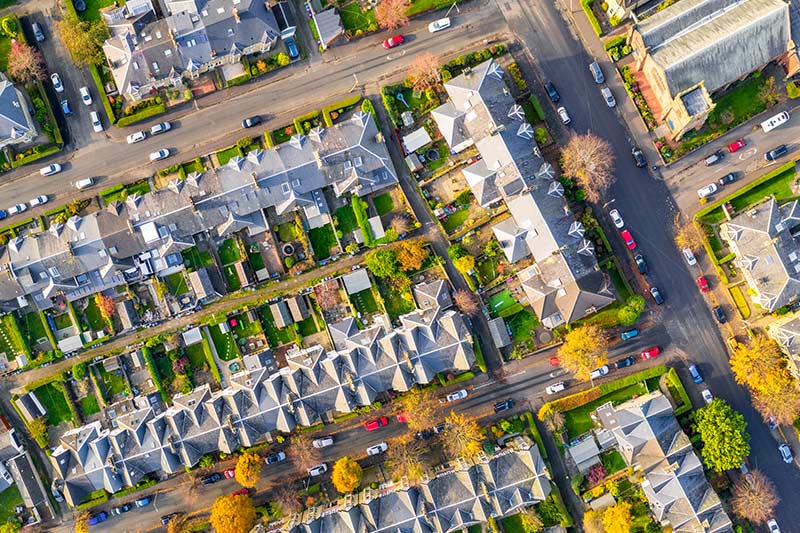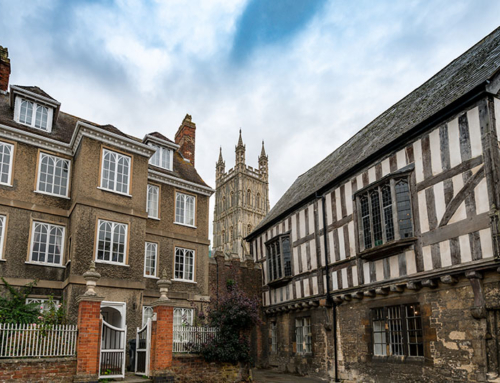From enduring an effective shutdown during the first national lockdown to being turbocharged by the introduction of the stamp duty holiday; the past 12 months have been a rollercoaster ride for the property market.
Despite the huge uptick in sales, lenders have withdrawn low deposit mortgages due to the economic chaos instigated by the pandemic, therefore a generous Help To Buy scheme will be essential in giving first time buyers a “leg-up” onto the housing ladder.
As of April 2021, the Help To Buy equity loans, initiated in 2013, are being replaced with a new scheme. Although considered beneficial to aspiring homeowners, some believe that the alterations may lock out other potential buyers.

How it works
Similar to before, this is a shared equity scheme. The borrower needs at least a 5% deposit, the government will offer an interest-free equity loan for 5 years at up to 20% of the property’s value and the remaining 75% is obtained from a conventional mortgage lender. Set to end in 2023, the scheme will offer two years of opportunity for first time buyers.
How has it changed?
The new scheme differs from 2013’s in that it is exclusive only to first-time buyers purchasing new-build homes and introduces regional price caps. This means that the desired property must be worth less than the average house price in their region – for instance, a buyer in the North East would need to purchase a home for less than £186,100. Those in the South East face a £437,600 price cap.
Although the scheme is great for a first-time buyer purchasing a new build directly from a developer – home owners “trapped” in their existing homes, unable to take the next step up the property ladder have been excluded. Some argue that this revision to the scheme may cause the market to stutter.
Areas to watch
Despite the criticism, research from defect management app, BuildScan, has suggested that 55% of all new-build homebuyers could benefit from the scheme. The East of England could see the most new-build buyers benefit from the new Help To Buy scheme, with 69% of all new-build transactions seen during 2020 coming in below the £407,400 equity loan price cap.
The South West and South East saw 64% of all new-build homes sold in 2020 fall within their respective H2B loan price caps of £349,000 and £437,600. London’s new-build homebuyers could also be about to enjoy some of the most significant H2B benefits, with 63% of all new-build transactions in 2020 selling below the £600,000 price cap of the new scheme.

Strike while the iron is hot
With many buyers competing for a small supply of houses, property prices are bound to climb. Due to this, those thinking about making a purchase would be wise to act sooner rather than later.
For more of the latest news regarding property, retail and asset management – be sure to follow Targetfollow on Facebook, Twitter and LinkedIn.





